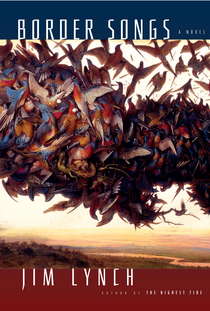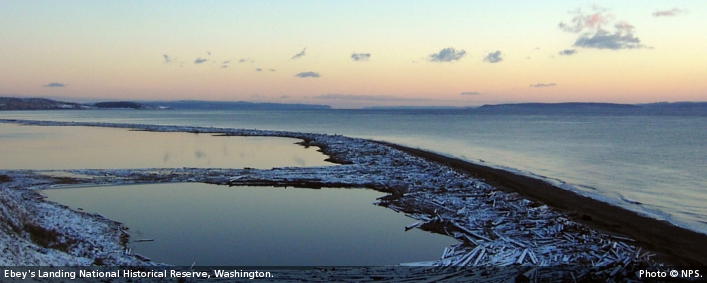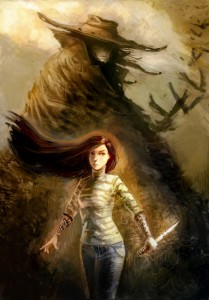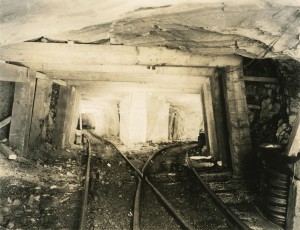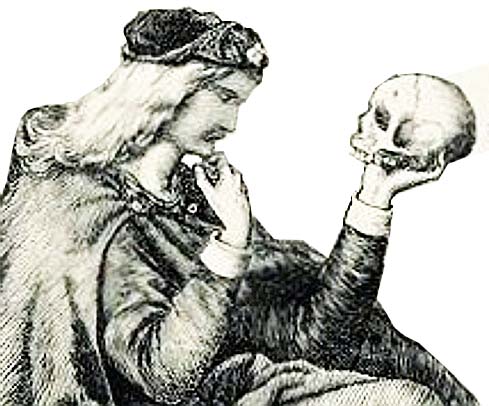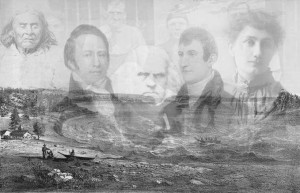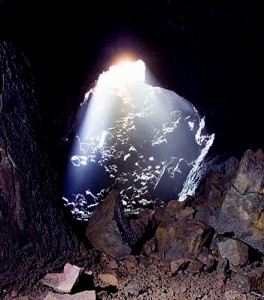From the desk of Kim Smeenk
There is a bestselling fantasy series about werewolves and vampires
in Washington State, and it isn’t the one you’re thinking of.
Instead of the rain, mountains and misty forests that most people think of when they picture Washington State, Patricia Briggs has set her Mercy Thompson series where she herself lives. The dry and sunny Tri Cities region in Eastern Washington. More desert than forest, more farmland than mountains.
Mercy Thompson is a young Volkswagen mechanic, who also has the ability to shift into a coyote. This is why she can count amongst her family, friends, acquaintances and enemies, werewolves, witches, vampires, trolls, various other shape-shifters and members of the Fey.
Mercy isn’t a superhero. Most of the time, she is the weakest supernatural creature in the room. When we first meet her in Moon Called, she is driving an old VW Rabbit, and lives in an old single wide trailer outside of town with her cat Medea.
You just enjoy spending time with her in these books. She faces life with humor, loyalty and grit. There is the actual grit that comes from working on cars all day, but Mercy is also full up on the grit required to face all of those creatures who are stronger than her. Facing them in her daily life – her neighbors happen to be werewolves – and facing them in battles she often doesn’t expect to win. She fights those battles because friends are in trouble, or sometimes, it’s her enemies who are in trouble.
Life is complicated, but really, really interesting, in Mercy Thompson’s Tri Cities.
#1 Moon Called
#2 Blood Bound
#3 Iron Kissed
#4 Bone Crossed
#5 Silver Borne
#6 River Marked
#7 Frost Burned
#8 Night Broken
If your local library doesn’t have these titles, you can borrow them from the Washington State Library through interlibrary loan.
www.sos.wa.gov/library/





